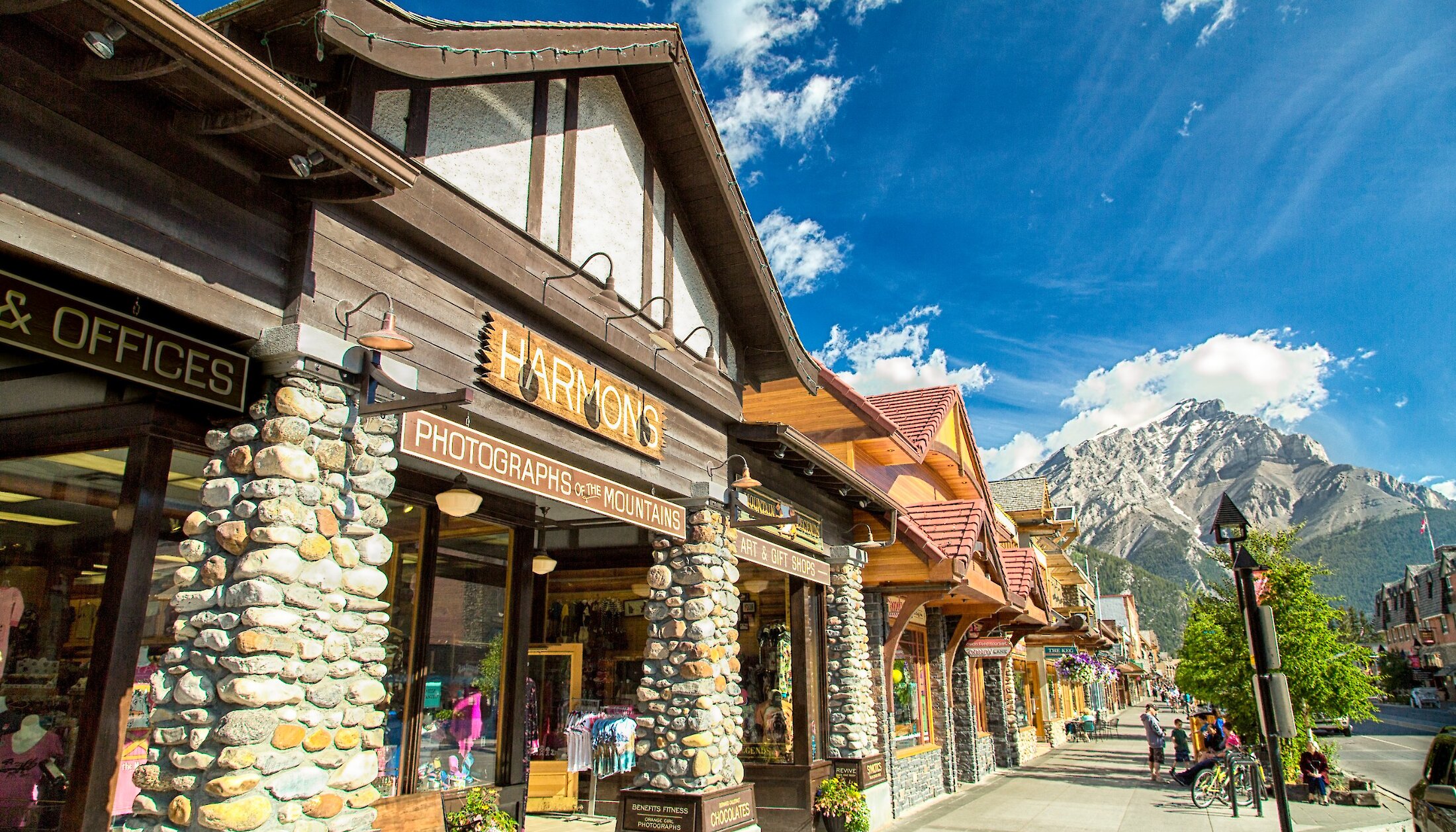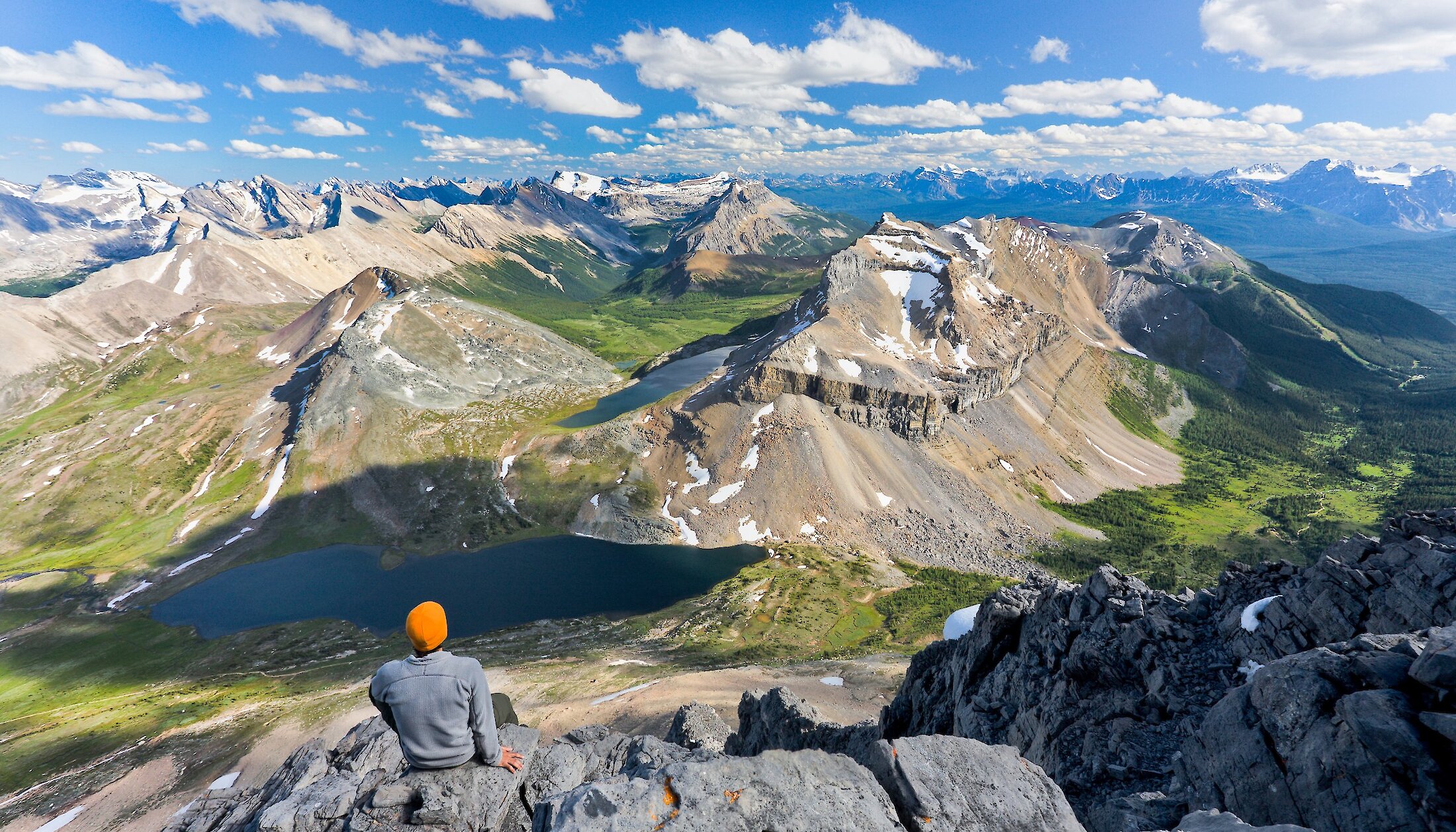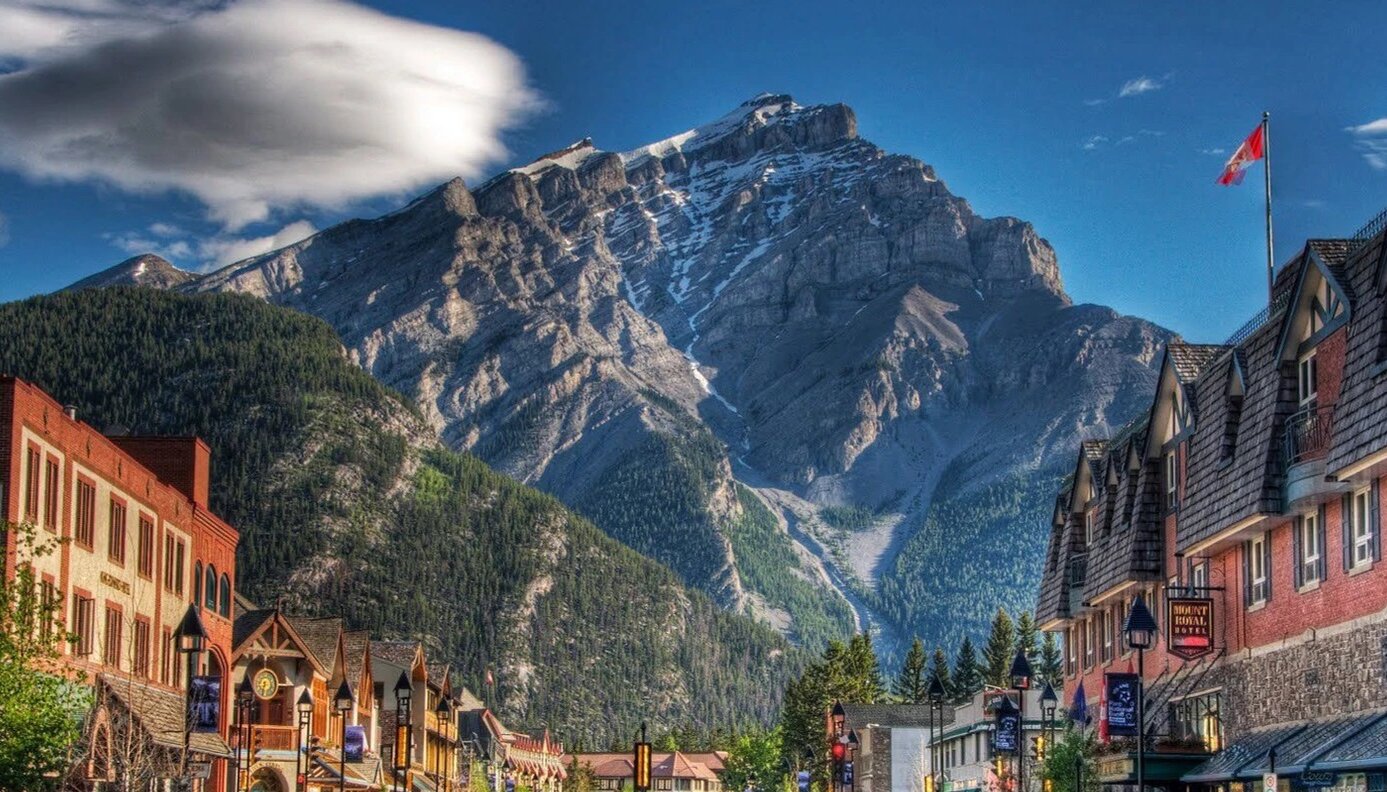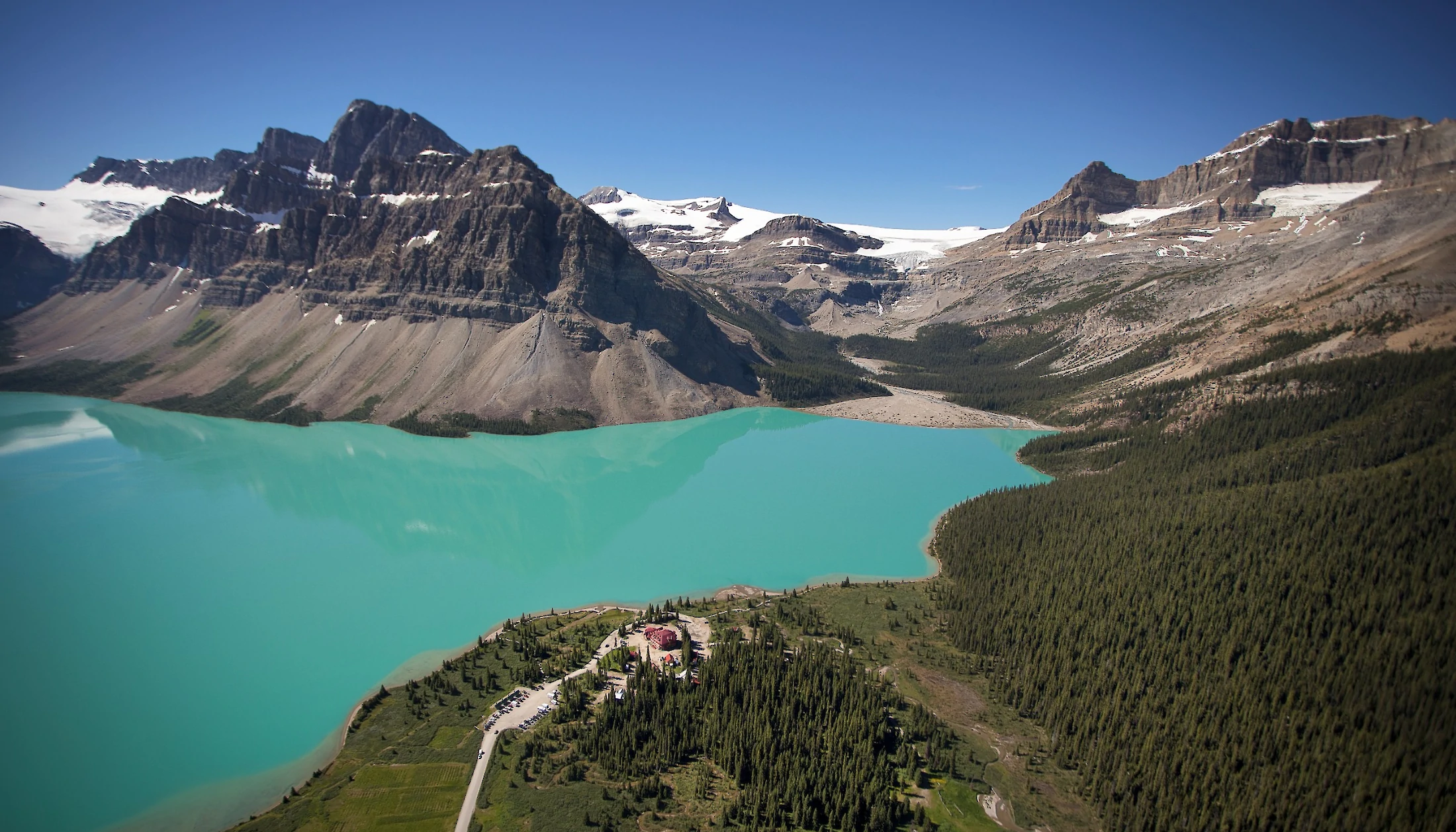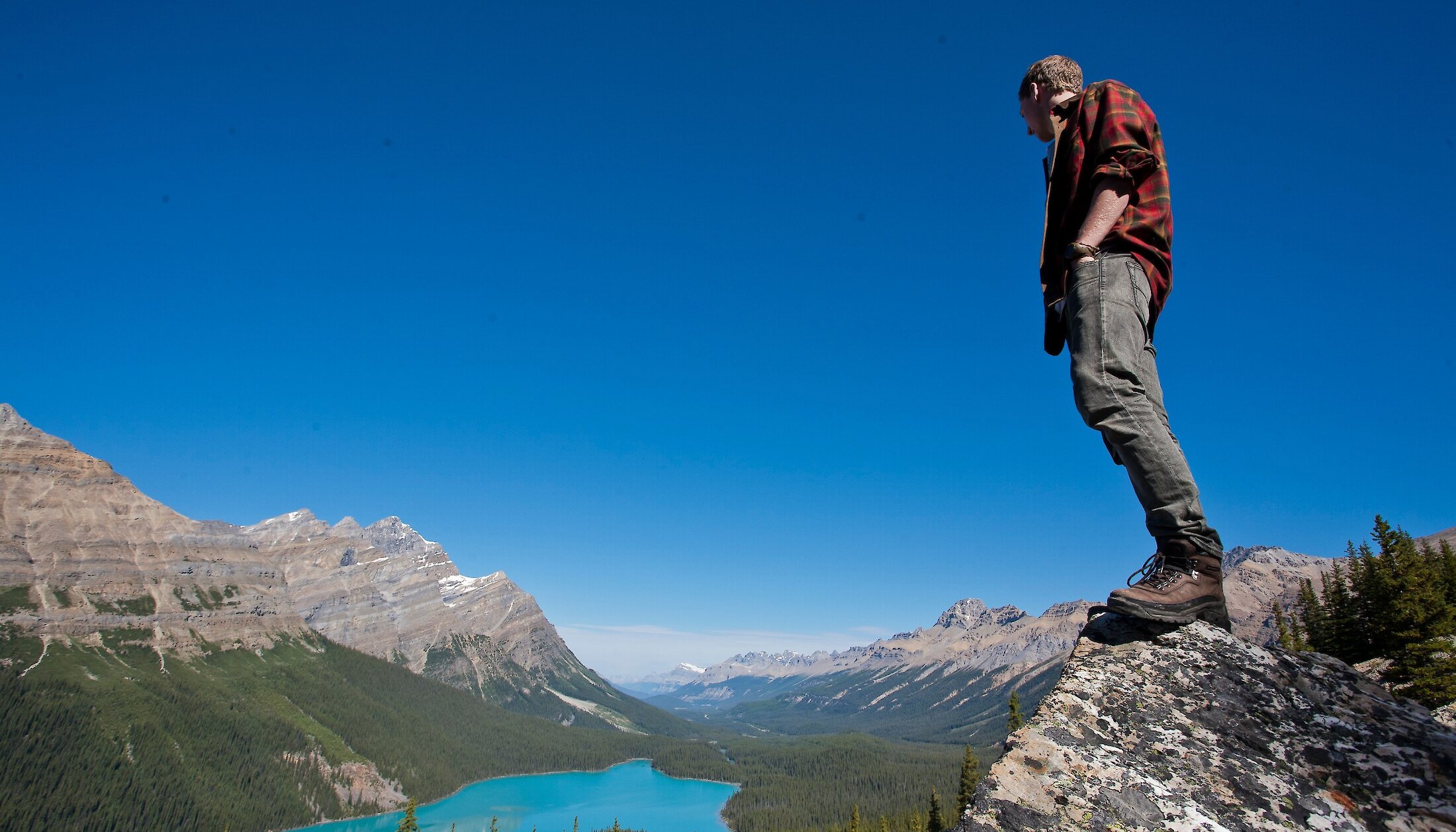Banff National Park
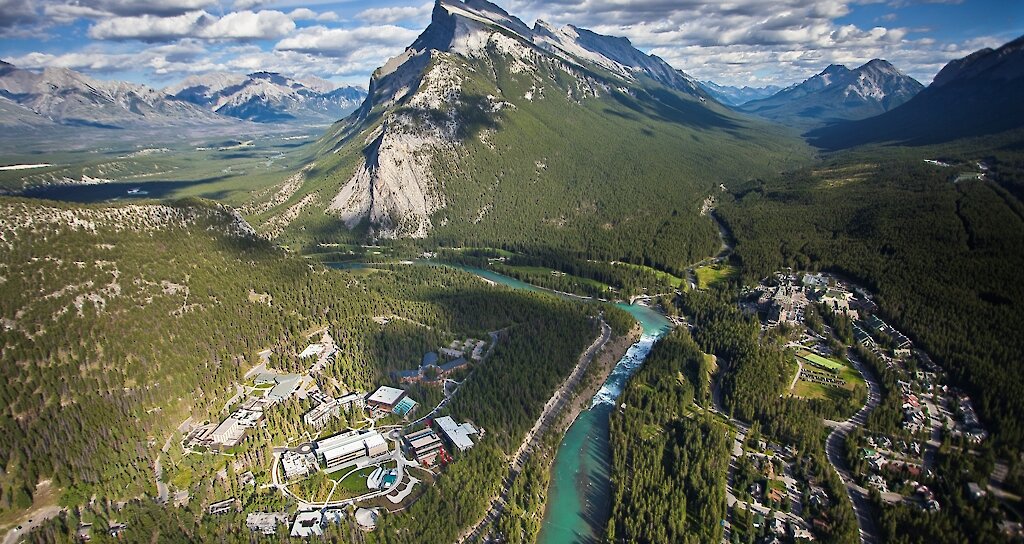
Banff National Park is Canada's first national park and the world's third. Spanning 6,641 square kilometres (2,564 square miles) of valleys, mountains, glaciers, forests, meadows and rivers, Banff National Park is one of the world's premier destination spots. It is set in the heart of the Canadian Rockies and attracts about 4.5 million visitors each year.
History of Canada's First National Park
With its towering peaks and stunning glacier-fed lakes, it’s hard to believe that an area as beautiful as the Canadian Rockies once lay dormant to Western eyes, known only by the native peoples who dwelled in the valleys below. It wasn’t until the 1700s that Europeans arrived, thus beginning an exciting tradition of exploration in the mountain landscape.
In 1883, two years before the completion of Canada's first transcontinental railroad, three railroad workers stumbled upon a series of hot springs on the lower shoulder of what is now called Sulphur Mountain. By 1885, after a heated ownership dispute, the springs and surrounding area were set aside as Canada's first national park. The Canadian Pacific Railway immediately recognized the tourism potential of the Canadian Rockies. In 1888, under the direction of William Cornelius Van Horne, they opened the elegant 250-room Banff Springs Hotel.
The railway then constructed a series of grand hotels along its main line and began advertising Banff as an international tourism stopover on the steel highway that had suddenly become the fastest and most direct route from Europe to the Far East. The Rockies quickly became popular with the Victorian gentry, who came to drink in the scenery and soak in the soothing hot springs. Soon visitors were not just stopping over - they were coming to stay. Now, approximately 8300 people call Banff their home. Residents of both Banff and Lake Louise are proud to share their local knowledge and appreciation for the nature, history and culture of this World Heritage destination. The history of the area is also captured by a number of museums, including the Whyte Museum of the Canadian Rockies, Banff Park Museum, Luxton Museum and the Cave and Basin National Historic Site

We're here to help
Got questions? We would love to chat with you. Our team of expert staff are ready to help create your dream mountain adventure!
Get in touch on 403-762-4554
